In 1999, I flew a Swissair MD11 from Singapore to Zurich. I was in the middle seat of the emergency exit row with two passengers from Switzerland. In the aisle seat was an Italian Swiss guy who presented himself as a humorous, jovial warm guy. To my left, by the exit door, was a more serious French-Swiss woman. The Italian guy beneath his laughs and bravado confided in us that he was terrified of flying on the MD11. The fatal fiery crash of Swissair 111, an MD11 flying between New York and Zurich, just a few months before weighed heavily on his mind. His employer had not allowed him to change his ticket. The French woman quietly admitted that the crash had severely damaged their trust in the safety of the Swiss national carrier. This was why she had chosen the emergency exit. (I was there for the legroom!)
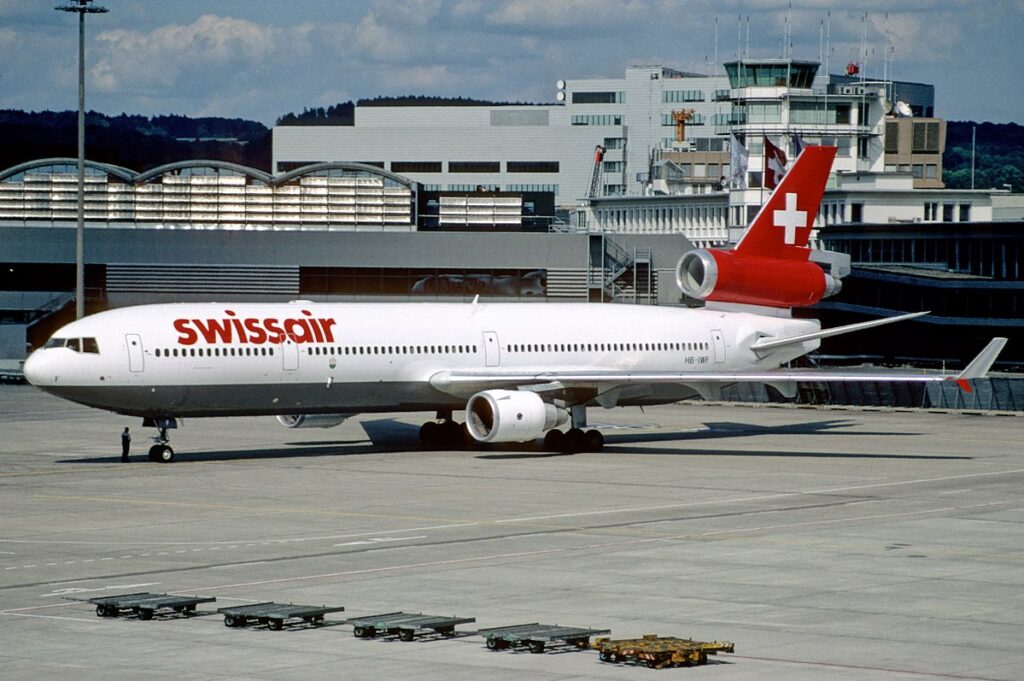
We were surrounded by Swissair personal entertainment system units which were deactivated and disconnected. The cause of the Flight 111 crash was determined to have been a fire caused by improper wiring of the passenger entertainment system which downed the aircraft in under 15 minutes from the time smoke was first detected.
Every noise, every shudder and every vibration had the Italian guy clutching my right arm! To distract him, we talked about his wife and young baby (who will be 25 now!), his work and Swiss politics. His mind was slightly diverted by the Swiss cabin crew not using Italian in cabin safety announcements!
That was the only MD11 I ever flew. No other MD11 was lost in history.
The DC10
I flew multiple times on the DC10 which had a controversial safety record at the start. American Airlines 96 in 1972 and Turkish 981 (one of the deadliest air accidents ever with 346 deaths) in 1974 were high-profile crashes. The plane’s poor safety reputation caused the US FAA to ground the aircraft until manufacturer McDonnell Douglas addressed several plane design issues. Sound familiar? After the grounding, passengers didn’t want to fly the DC10 and airlines stopped ordering the DC10. The DC10, however, ended up flying as a passenger aircraft until 2014 safely ferrying millions of passengers across the globe. Today, DC10s operate as freighters and tankers.
Alaska Airlines 737MAX9 Incident
Some people are now terrified of flying on the 737 MAX following 5th of January Alaska Airlines 1282 flight incident when a fuselage panel forcefully detached from an almost brand new MAX aircraft. Alaska suspended operations of its MAX 9 fleet on January 6th, 2024. The FAA followed. In the inspections of the type since, loose bolts were discovered on additional MAX 9s belonging to Alaska and United Airlines.
The Social Media chatter is full of angst and jokes about the plane. One friend posted that his plane was late and someone commented “at least it wasn’t a MAX” . That comment attached multiple likes, smiley faces and comments.
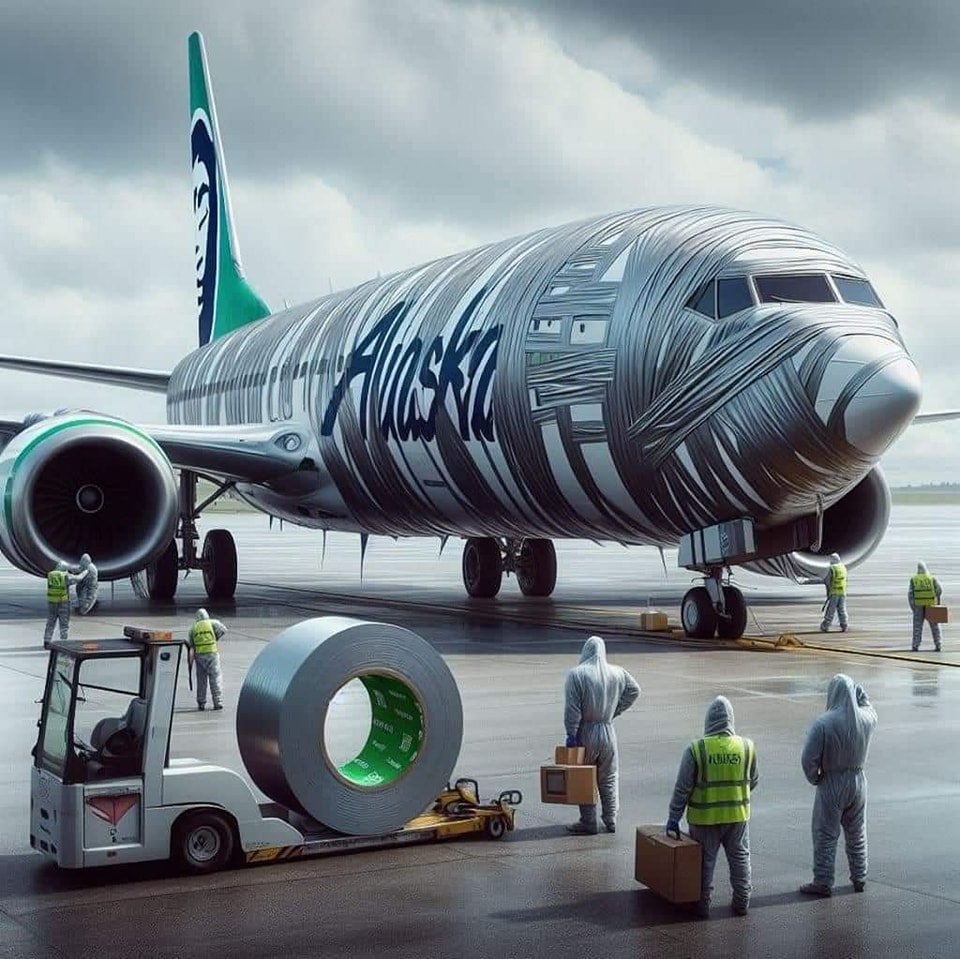
The cartoons, fear, and jokes continue. In the midst of this, people have also been confused about the plane type. Two people asked me: “will you fly the 737?”. My answer is “yes. I do but not the MAX..yet”
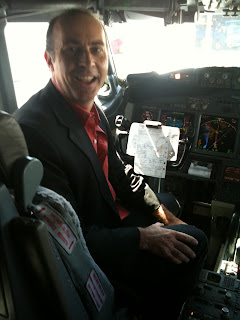
The photo captures a moment in the cockpit of a Southwest Airlines 737 after completing my 737th flight—a milestone in my aviation journey. NB as a passenger!
So, a quick explainer about how the 737MAX fits into the scheme of things.
The Boeing Types
Boeing has been using the 7*7 name since the 1950s. The 700 was Boeing’s standard number for its jet aircraft while 300 was reserved for propeller aircraft, 500 for turbo-engine and 600 for missiles. The other 7 was a clever marketing decision.
- 707: launched in 1958, with four jet engines, it was the start of the jet age.
- 727: 1963, this three-engined plane carrying 149 to 189 passengers set Boeing’s jet dominance.
- 737: launched in 1968, the two-engine short-haul aircraft that I will discuss further below.
- 747 Jumbo: this four-engined double-decker arrived in 1970 and could carry up to around 660 passengers (747-8) and made mass air transport possible for the first time.
- 757: first flying in 1983, this versatile and efficient narrow-body twinjet, was a popular choice for medium-haul routes
- 767: a versatile twin-jet plane started commercial service in 1981, Seat capacity of around 200. Passengers loved the seven abreast, 2–3–2 economy class layout places which gave almost everyone a window or aisle seat.
- 777: introduced in 1995, a pioneering combination of long-range capability, advanced aerodynamics, and very efficient twin-engines. The seating capacity varies (e.g., 777-300ER: 386 passengers).
- 787 Dreamliner: fuel-efficient long-range twin-engine jet made from light composite materials and designed for enhanced passenger comfort with larger windows and better internal air quality
I always saw myself as a loyalist of Boeing and have flown a Boeing 827 times:
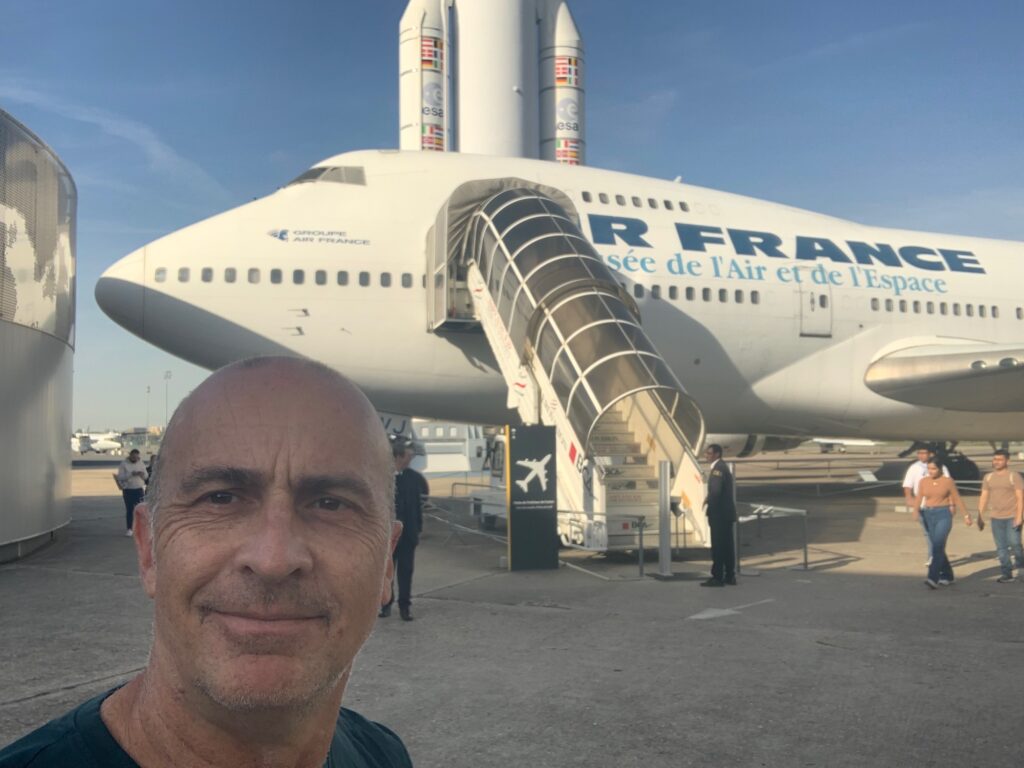
- Boeing 737: 482 flights
- Boeing 767: 120 flights
- Boeing 747: 99 flights
- Boeing 777: 70 flights
- Boeing 787: 26 flights
- Boeing 757: 25 flights
- Boeing 727: 3 flights
- Boeing 707: just 2 flights
Standing with an Air France 747 at the Air and Space Museum in Paris.
The Boeing 737- Original and NG
The original 737 series with a focus on short to medium-haul flights, laid the foundation for the plane;’s success as a reliable and safe workhorse of the aviation industry. Many airlines including Southwest in the USA and Ryan Air in Europe became all 737 airlines.
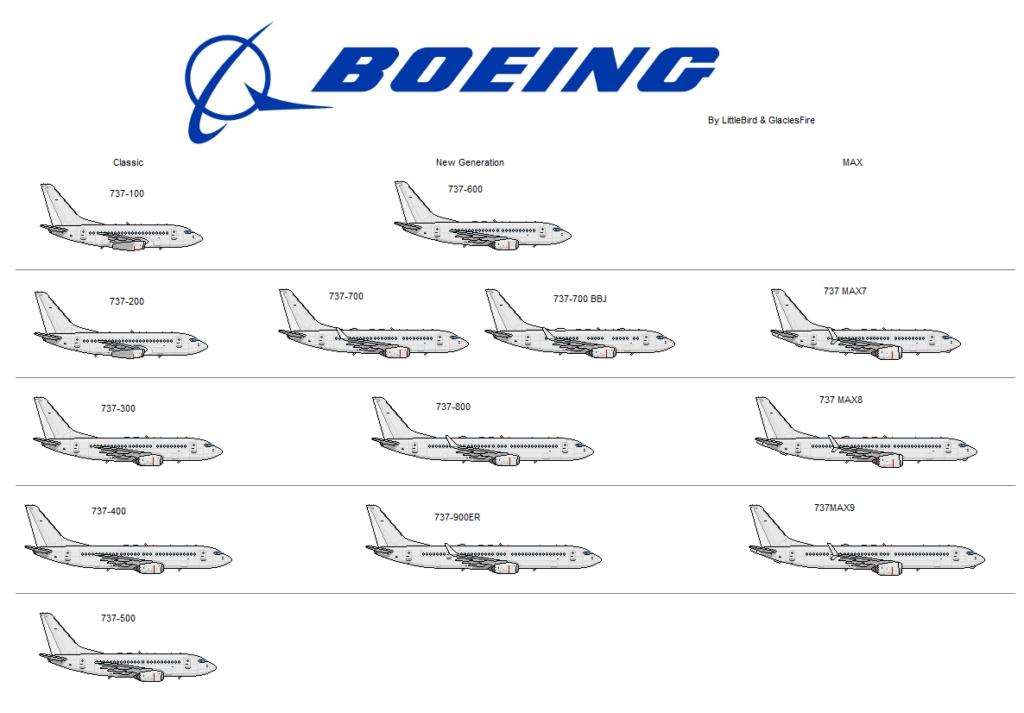
The Next-Generation (NG) 737s emerged in the 1990s, with improved engines, aerodynamics, and a revamped cockpit. This series marked a significant leap forward in fuel efficiency and, importantly for airlines, reduced operating costs. The series includes the 737-600 which is the smallest, and the 737-700, 737-800, and 737-900 models which can carry up to 180 passengers.
The 737MAX Emerges
Faced with growing competition from Airbus, Boeing indeed had to respond strategically to maintain its market share. Rather than introducing an entirely new aircraft, Boeing opted to build on the success of the 737 platform, which had established itself as a workhorse in the aviation industry. This decision was largely driven by the 737’s reputation for reliability, its widespread use, and the significant cost and time associated with developing an entirely new aircraft. The 737 redesign cost less than four billion US dollars. In comparison, a clean sheet aeroplane would have cost the firm at least ten billion.
The 737 Max, was believed to be pushing boundaries with the LEAP-1B engines and its Boeing Sky Interior.
The Boeing 737 MAX series consists of four variants:
- MAX 7: the smallest of the series and is designed for longer routes with fewer passengers.
- MAX 8: most popular variant. It offers a higher seating capacity compared to the MAX 7, making it a versatile choice for various routes. There is a variant of this model, known as the MAX 8-200, which has an additional exit, allowing its capacity to rise to around 200.
- MAX 9: an extended version of the MAX 8, featuring a longer fuselage, allowing for increased passenger capacity while maintaining fuel efficiency
- MAX 10: The largest variant in the series, offering the highest seating capacity, is designed to compete with Airbus A321neo, providing airlines with a single-aisle aircraft that can accommodate more passengers on high-density routes.
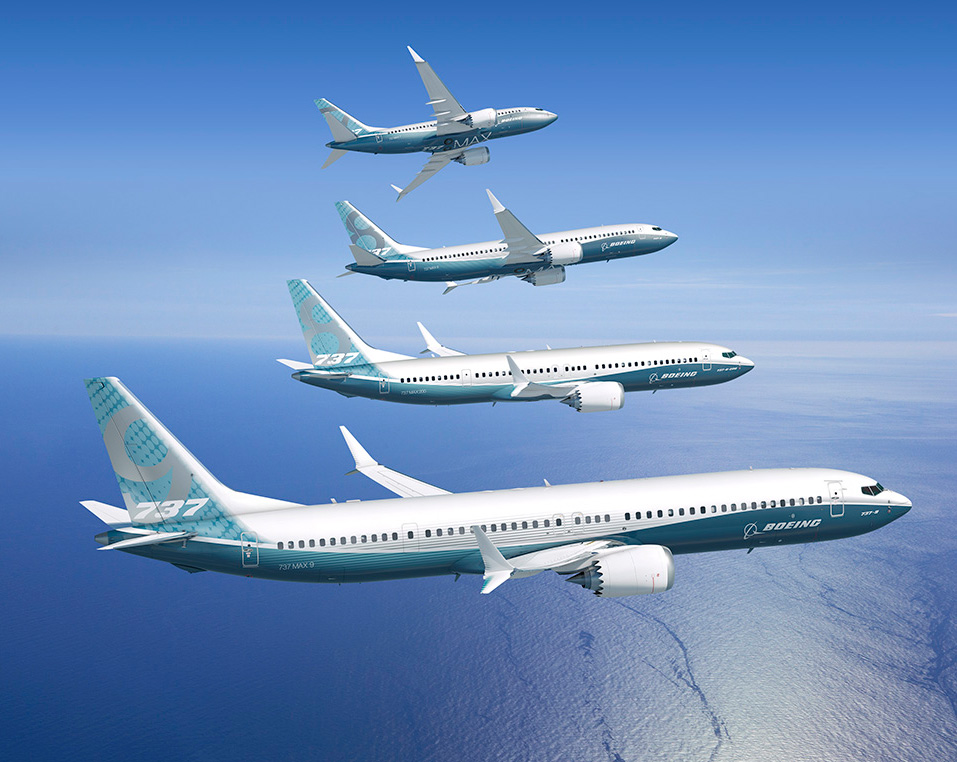
737MAX and Safety
In October, 2018. Lion Air Flight 610 crashed just minutes after taking off from Jakarta, Indonesia. All 89 people were killed on that MAX8 flight. Lion Air had been the launch customer for the MAX8 in May 2017. Many blamed the airline and Indonesian authorities. In March 2019, another Max8, Ethiopian Airlines Flight 302, however, crashed minutes after takeoff; all 157 people on board died.
Aviation regulators worldwide grounded the MAX in March 2019 while investigators and the aircraft company attempted to understand what was going on. The type was grounded until November 2020. During the grounding, it was found that a system called MCAS, designed to help the plane avoid stalls, had contributed to the accidents.
A damning Netflix documentary released on Netflix in early 2022, Downfall: The Case Against Boeing, examined the errors and oversights that led to two crashes. It suggested that Boeing’s traditional focus on excellence, safety and ingenuity had been replaced by a new mandate: “cheaper” and “faster”.
Changes with the Max
After the two accidents involving the Boeing 737 MAX (Lion Air Flight 610 in October 2018 and Ethiopian Airlines Flight 302 in March 2019), several changes and improvements were made to address the identified issues. The key modifications included:
- MCAS (Maneuvering Characteristics Augmentation System) Enhancement: The MCAS system, which was implicated in the accidents, was modified to prevent it from making large and uncommanded movements. Additionally, the system became less reliant on a single sensor.
- Multiple Sensor Activation: The 737 MAX originally relied heavily on data from a single angle-of-attack sensor. The updated version now takes input from multiple sensors to cross-check the data, reducing the risk of erroneous readings.
- Pilot Training: Boeing increased pilot training regarding the features and operation of the 737 MAX. Pilots are now provided with additional information and training on how to handle situations where the MCAS system might be activated inappropriately.
- Flight Control System Alerts: New alerts were introduced to notify pilots if there is a disagreement between the angle-of-attack sensors, providing them with more information to respond to potential issues.
- Crew Communication: Boeing emphasised the importance of effective crew communication in the cockpit. This includes improved procedures for flight crews to better handle any unexpected situations.
- Software Updates: Comprehensive software updates were implemented to improve the overall stability and safety of the aircraft.
- Management Changes at Boeing: Some key management resigned or were removed.
These changes were subject to thorough reviews and approvals by aviation authorities before the 737 MAX was allowed to resume commercial operations. The goal was to enhance the aircraft’s safety features and prevent any recurrence of the issues identified in the earlier accidents.
Boeing and the 737MAX post-Alaska incident
Boeing’s reputation took a severe dent as a result of the 737MAX and now its is under threat again. The CEO of Boeing has admitted it is a fault for the latest incident and Ryanair”s Chief Executive Michael O’Leary has called for a revamp of Boeing‘s management.
Wells Fargo report, yesterday, noted that Boeing’s quality control and engineering problems have been ongoing for years. They are sceptical that Boeing will receive a clean audit from the Federal Aviation Administration (FAA). Wells Fargo says: “Boeing has grappled with quality issues, and the external scrutiny is a new development” Now The US FAA is investigating if the part that blew off the Alaksa jet was indeed made to design standards.
The 737 Max 10, previously expected to complete its certification process soon may have to push back on its timeline for commercial release until 2025. Regulators have concerns with its flight deck, landing gear, and angle of attack sensors.
The once proud safe reliable company is in big trouble.
737MAX and Me
I have flown 482 times on every other variety of 737.not yet flown the 737 MAX. While not a fan of the type, I have always trusted in its safety.
My rule of thumb is not to fly a new aircraft for a few years so they can “iron the bugs out.” For example, I first flew the 787 in 2016, five years after its 2011 launch date.
As mentioned the MAX was introduced by Malindo (Batik/Lion Air) in May 2017. It is now 2024, and I’ve still not set foot on one.
I had recently decided that 2024 would be the year I finally experienced a 737 MAX flight. I was about to book a MAX* flight between Sydney and Nadi operated by the wonderful Fiji Airlines when the news of the Alaska Airways incident broke. I am now flying a different airline.
I have not yet decided if the Boeing 737MAX will turn out to be like the Dc10, a reliable craft with a shakey start. Until the current investigation into the 737 MAX9 is complete, I won’t be flying the 737MAX.
Fly Airlines With no 737MAX Aircraft
There are 1160 737MAX aircraft now in operation. As well as Alaska Airlines, here are the other current operators of the MAX. As you can, see avoiding the type is a difficult task but it is possible.
| Aerolíneas Argentinas | GOL (Brazil) | Singapore Airlines |
| Air Canada | Icelandair | SmartLynx Airlines (Latvia) |
| American Airlines | Jin Air (South Korea) | Smartwings |
| Bonza (Australia) | Korean Air | Southwest Airlines |
| Buzz | Kunming Airlines | SpiceJet |
| Caribbean Airlines | Lion Air | T’way Air (South Korea) |
| Copa Airlines | LOT Polish Airlines | Turkish Airlines |
| Enter Air | Mongolian Airlines | United Airlines |
| Ethiopian Airlines | Ryanair | Virgin Australia |
| Fiji Airways | SCAT Airlines (Kazakhstan) | WestJet |
| Flair (Canada) | Shanghai Airlines | XiamenAir |
| Flydubai | Shenzhen Airlines |
Opt for Long-Distance Flights
The 737 MAX’s range makes it less likely on flights over 4,000 miles! Most 737 MAX trips are around 1,000 to 2,000 miles. You can rest easy if you are flying from Singapore to Europe or Sydney to LA or London to LAX.
Check when booking
In theory, this should be easy in the booking process. In the image below Southwest Airlines clearly shows that a 737MAX8 is operating this flight. Some airlines, however, are reportedly no longer telling passengers they are on a MAX and are simply designating the flight as a “737”.

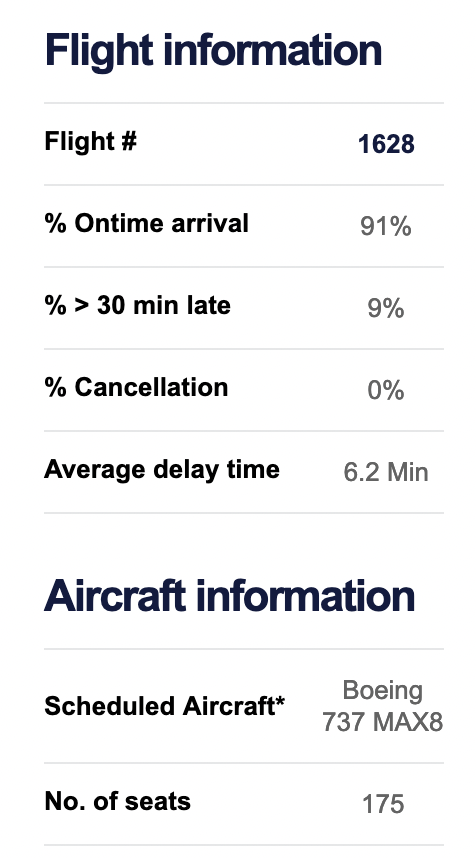
I use Google Flights to double-check a flight, as they list the 737 and 737MAX
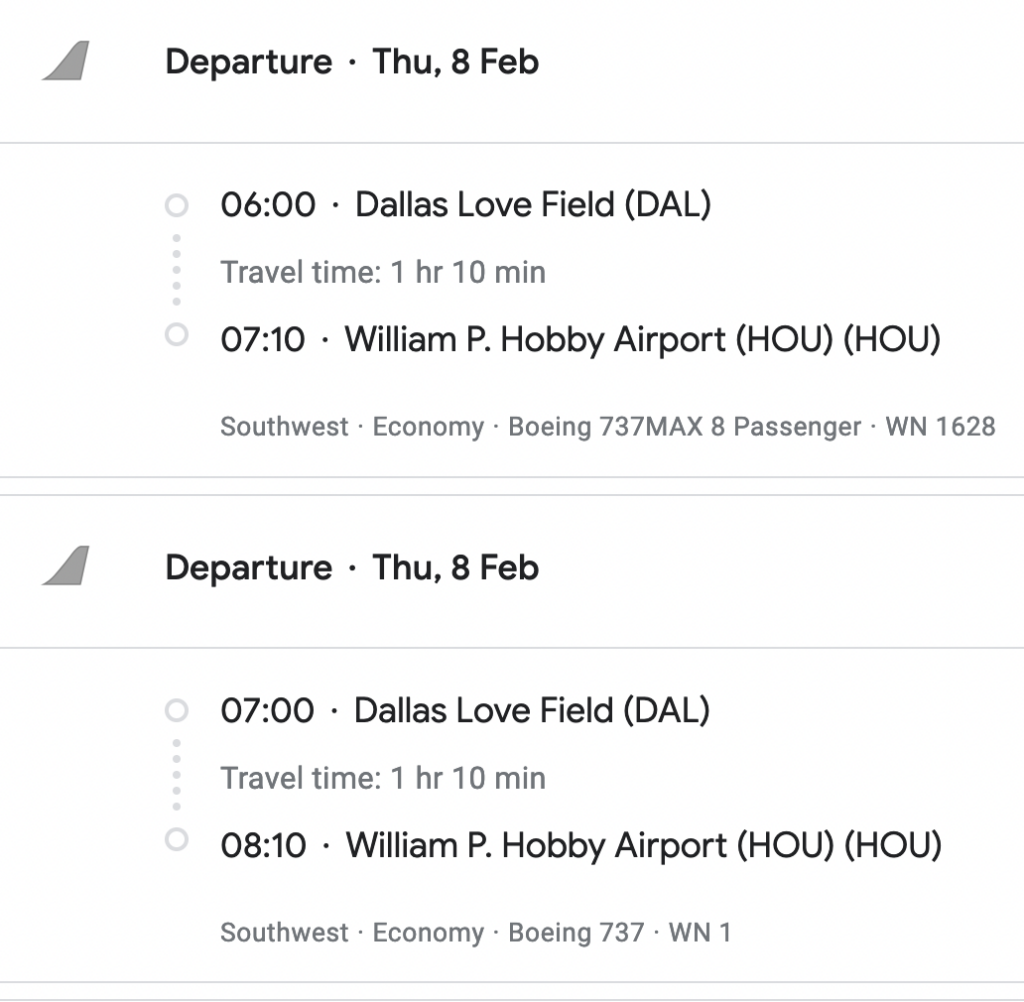
An airline , of course, can switch aircraft, meaning you could still end up on a MAX when your flight date rolls around.
Check the week before flying.
Check Flight Radar 24 in the week before you fly. This site provides aircraft flight tracking information on a map, offering details such as flight tracking information, origins, destinations, flight numbers, and aircraft types. I explore the historical flight data for my route to see which aircraft have been used, and which aircraft type have been scheduled to operate my upcoming flight.
Ask at Check-in
Double check with the airline during the check-in process. I do know of people who have said on learning that their plane was a 737MAX, that they are nervous about flying that type, and had the airline accommodate a flight change. This isn’t an automatic entitlement, though and you cannot expect this flexibility, especially if you are on a cheaper ticket.
Physically Identify the Aircraft at the Gate
Most Airlines are clearly displaying “737MAX” on the fuselage. Look at the back of the engine for the MAX’s distinctive sawtooth design. If you are still unsure, you can search for the precise model by searcng for the registration number displayed near the aircraft tail through FAA’s database.
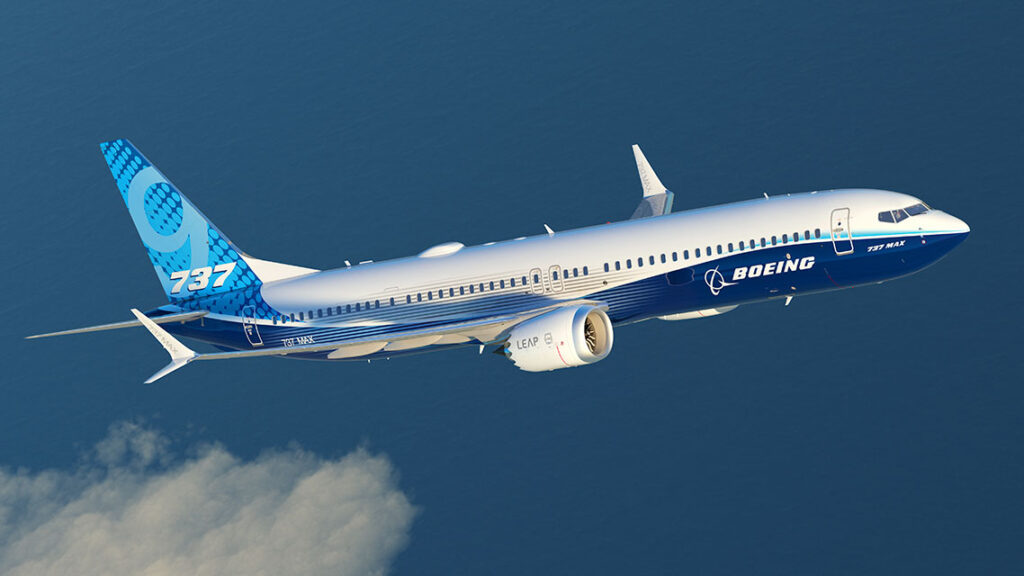
Conclusion:
If the MAX passes its next round, it could become the safest plane we have. For now, cautious travellers may want to consider these strategies when planning their flights. What is your feeling?



How many 737 MAX avoided wear masks and avoid indoor restaurants? The chance of serious complications or even death from Covid is much more dangerous than dying in a 737 MAX incident.
Wear a mask. Get your post-October 2023 vaccine formulation.
Easy to avoid the 737 MAX in many cases. Avoid Southwest, Alaska, United. Fly Spirit, American, Frontier, Allegiant, Jet Blue, Hawaiian. Fly across the Pacific.
There is one other absolutely key fact about MAX vs older variants………. The single biggest change on MAX vs earlier variants is the positioning of the engines……………
On earlier variants they are in the original design position under the wing. On MAX, the increased size/diameter of the engines would have taken them too close to, or even fouling, the ground…… A taller undercarriage would have necessitated a full fuesalage redesign…………. So Boeing moved them forward, ahead of the wing, and up. 737 MAX is now alone amongst all airliners flying to be unstable in calm, level, flight. It actually needs control surface input just to stay aloft. For me, that is a completely fatal error of judgement. And it throws light on why Boeing originally programmed such an agressive interference regme by the flight management systems……………….
Why did they do that? $4bn vs $10bn, plus the delay implicit in a full new design allowing Airbus to corner the market…………………